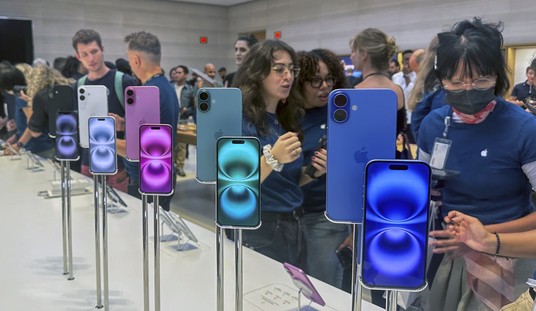Following the recent legalization of marijuana in New York, the NYPD received some new marching orders instructing officers to stop arresting people for smoking pot in public. After pointing this out on Twitter and expressing some exasperation, a pal chimed in with what I considered one of the better responses I’ve seen to date.
Every time I'm in New York I think, "this place would be perfect except for the glaring lack of open drug use."
— Christopher Plain (@plain_fiction) April 2, 2021
For better or worse, pot legalization has arrived in the Empire State. The real question is what happens next. The New York Post turned to someone with some experience in this subject to make some predictions. Bruce Barcott is a marijuana legalization advocate and a senior editor at a pot advocacy magazine. He sketched out eight predictions as to what happens next based on the experiences of states including Washington and Colorado. While some of these forecasts seem a bit on the optimistic side to me, they aren’t all entirely beyond the realm of the plausible. Barcott predicts, among other things, that tax revenue from the legalized drug trade will disappoint initially but hit its target later on. He also foresees the police “wasting” fewer taxpayer dollars, teen marijuana use dropping and property values going up as a result of cannabis stores opening. There is no mention as to whether or not everyone will be getting a free pony.
A couple of his other predictions caught my eye, however, and I wanted to touch on them here. The first one involves incidents of stoned driving (as opposed to drunk driving) and the impact that could have on traffic safety.
Stoned driving may, or may not, increase
So far, studies on legalization and stoned driving have had mixed results. Two early studies found no significant change in roadway deaths after legalization in Colorado and Washington; a third reported a small increase in overall crash rates. Another study found a slight increase in traffic deaths in four early legalized states compared to non-legal states. A comparison of alcohol and cannabis found that drunk drivers were 18 times more likely to cause a fatal crash than sober drivers, while stoned drivers were two times more likely. And two separate studies found California’s legalization of medical marijuana was linked to a decrease in motor vehicle fatalities.
Driving while stoned is obviously a bad thing, just as driving while intoxicated is. But when it comes to safety and law enforcement, the police still have a major problem to deal with and it should have been done well before legalization. The technology exists to fairly accurately determine someone’s blood alcohol content levels. Whether or not different people of different body masses are equally impaired at the same BAC is up for debate, but it’s at least measurable. Marijuana remains in the bloodstream for a far longer time. People can test positive for pot use long after their “buzz” has worn off. This is going to make prosecutions for driving while impaired by marijuana a nightmare.
The author brings up another disturbing point about the locations of specific cannabis stores, treating it as a good thing, while not everyone will agree.
Stores near the state line will thrive
It happens every time: Stores near the border with an illegal state do a booming business. People generally like to follow the law, and illicit sellers can’t match the selection and quality in a legal store. In Washington state, shops near the border with (very illegal) Idaho thrive on out-of-state traffic. Look for stores in southern New York to do the same. Corbettsville, Waverly, Elmira, and Findley Lake: This is your moment.
Speaking as a resident of one of these areas in upstate New York right on the Pennsylvania border, I can assure you that not everyone is going to be thrilled. I somehow doubt that a legal pot store is going to employ all that many people to make it worth the volume and type of traffic being predicted. Not only will locals be heading down to pick up their weed, but a stream of people from Pennsylvania will be flooding across the border to make purchases that will become illegal the moment they pass back over the border into the Keystone State. And how many of them will already be stoned when they show up or after “sampling” some of the products inside? Time will tell, I’m sure, but color me less than optimistic.
Many of these issues would be somewhat abated if pot was no longer a Schedule 1 drug at the federal level. Without that change, too many questions hang over the entire question, in my opinion. When the states legalize anything that’s illegal at the federal level, it’s bad for potential violators of the law and law enforcement agencies alike.







